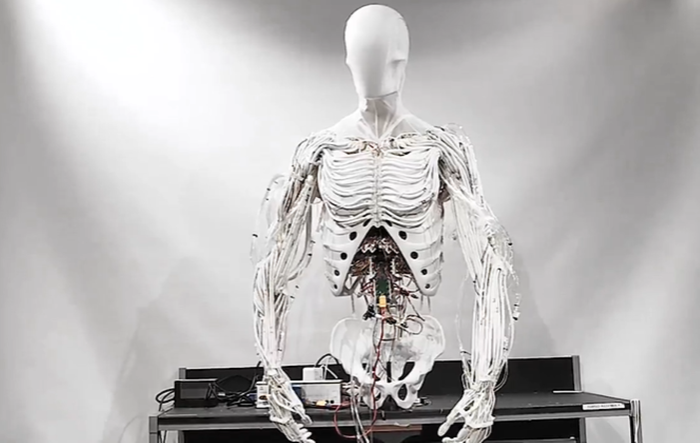Robot Swarms Developed by University of Texas
Researchers have trained swarms of microrobots to move as one, with possible deployment for drug delivery or cleaning polluted water

Researchers from the University of Texas have created “smart swarms” of micro-robots, which are trained to move as one, like schools of fish, swarms of bees or flocks of birds.
The team said this collective behavior makes micro-robots more efficient at performing tasks than if they were moving individually or randomly.
"All these groups, flocks of birds, schools of fish and others, each member of the group has this natural inclination to work in concert with its neighbor,” said Yuebing Zheng, associate professor at the University of Texas. “Together they are smarter, stronger and more efficient than they would be on their own,
"We wanted to learn more about the mechanisms that make this happen and see if we can reproduce it."
While the team first began testing mico-robot swarms last year, they recently updated the technology to give the robots environmental awareness, meaning they adapt their motion depending on changes in their surroundings.
The team said this “adaptive time delay” strategy offers potential scalability and integration into larger machinery. Further down the line, it could give autonomous drone fleets greater adaptability and operational efficiency or allow convoys of self-driving trucks and cars more adept navigation capabilities.
On a smaller scale, the robot swarms could also be used for drug delivery or to clean contaminated water.
"Nanorobots, on an individual basis, are vulnerable to complex environments,” said Zhihan Chen, study co-author. “They struggle to navigate effectively in challenging conditions such as bloodstreams or polluted waters.
"This collective motion can help them better navigate a complicated environment and reach the target efficiently and avoid obstacles or threats."
For now, tests of the nanorobots remain in a lab setting. The small-scale technology has so far been tested in a static liquid, with the next set of tests due to occur in a flowing liquid before moving to inside an organism.
About the Author
You May Also Like








